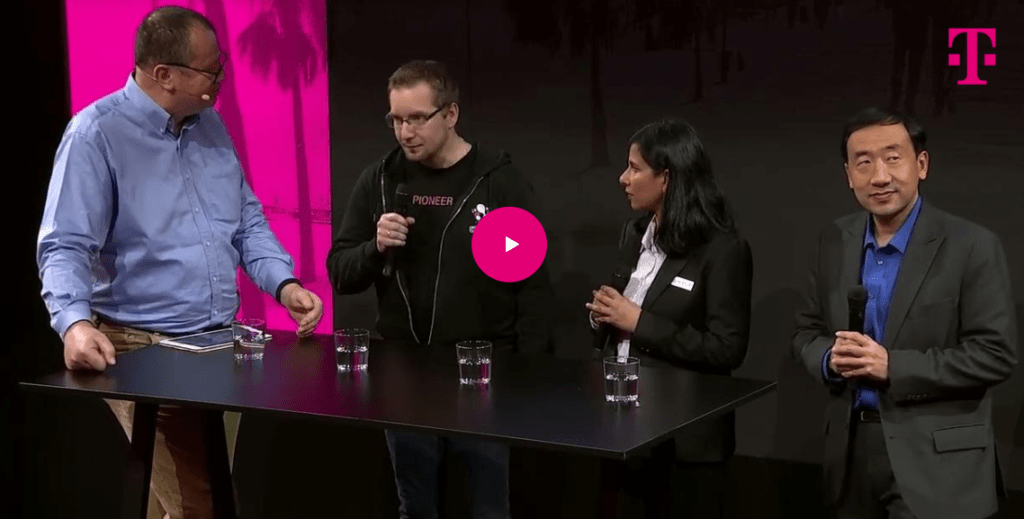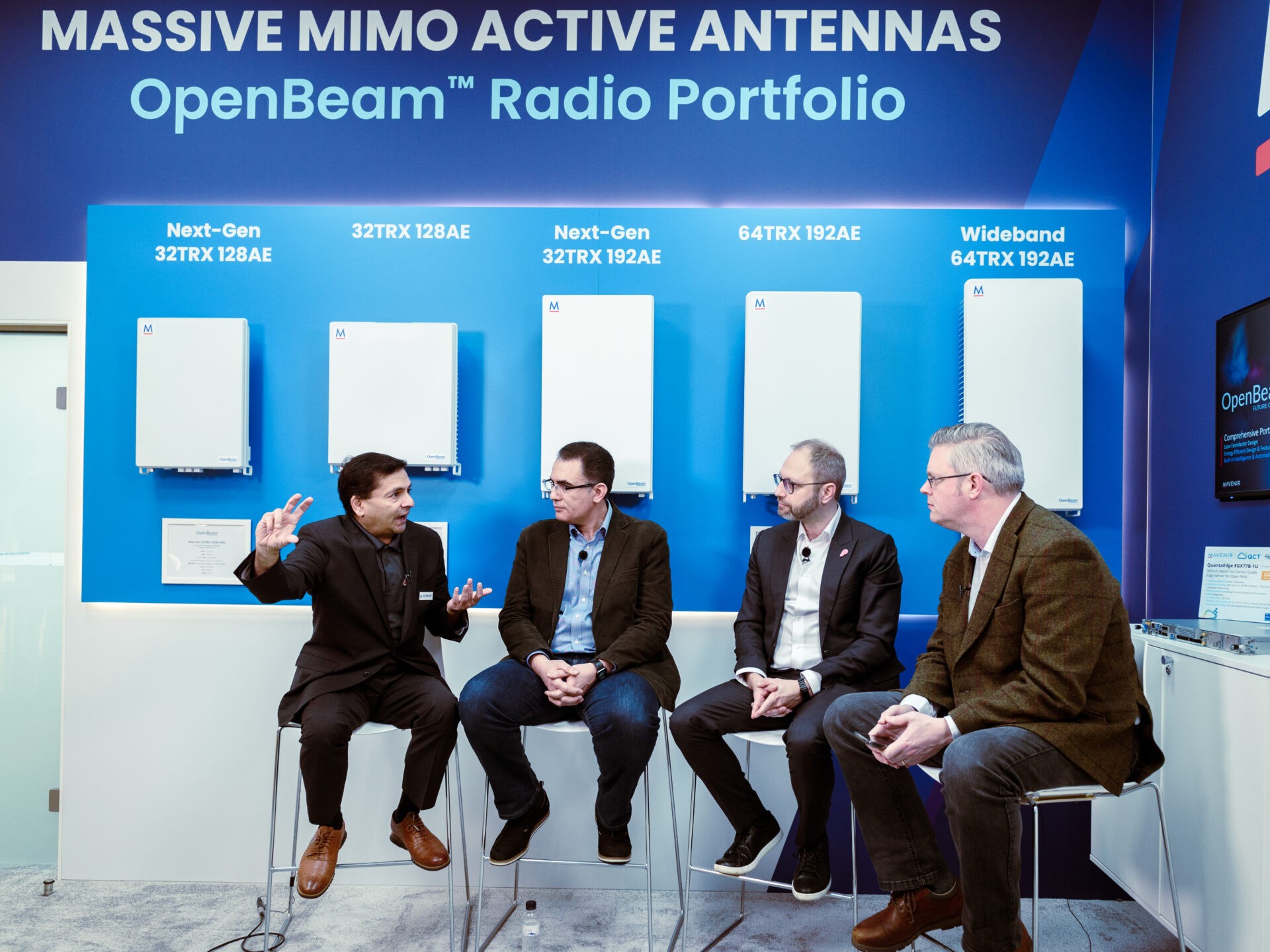Unleashing the Power of 5G: How ATSSS Is Changing the Game

Have you ever experienced that frustrating glitch when you step out of your home while on a call and disconnect from Wi-Fi? You know, those critical few seconds as your device struggles to latch onto a cellular network, and you’re hoping you haven’t missed anything important?
Or when watching a movie at home and exactly when suspense is about to be unveiled, the streaming stops. After a frustrating restart, you realize the Wi-Fi is down. You proceed with turning off Wi-Fi and switch to cellular (often followed by forgetting to turn the Wi-Fi preference back on, leading to an increased usage of cellular).
What if there was a way to ensure seamless handover
that can transition between networks on its own?
That’s the genius behind Access Traffic Steering, Switching, and Splitting (ATSSS) – Your behind-the-scenes network navigator. It’s like having a super-smart assistant right inside your phone, one that’s always on the lookout to keep your calls and data flowing smoothly. ATSSS doesn’t just connect you; it chooses the best connection path in real time—whether that’s your home Wi-Fi or the nearest 5G tower. So, whether you’re stepping out to dodge distractions or moving between meetings, ATSSS ensures your online activities transition as seamlessly as you move from one activity to another.
Mavenir, in collaboration with Deutsche Telekom and MediaTek, has successfully completed the world’s first multi-vendor proof-of-concept for the 3GPP ATSSS standard. This groundbreaking project demonstrated multi-access connectivity with seamless switching between cellular and Wi-Fi networks, showcasing its potential across a wide range of B2B and B2C scenarios. At Mobile World Congress in Barcelona, I had the pleasure of representing Mavenir in a panel which featured leaders from Deutsche Telekom, and MediaTek, brought together to discuss the significance of advanced Multi-Access Connectivity and the impact of standards-based solutions in shaping the future of telecommunications.
Mavenir’s contribution to ATSSS technology has been substantial. Operating on DTAG’s cloud platform, Mavenir’s Converged Packet Core seamlessly integrates crucial components including the AMF, UPF, and SMF, as well as subscriber management functions – AUSF, UDM, UDR. Furthermore, Mavenir has been at the forefront in developing the N3IWF, a key component that enables ATSSS to link untrusted 3GPP access networks with the 5G Core. This critical innovation supports functionalities such as Multi-Access PDU, and access for both 3GPP and non-3GPP networks.
ATSSS for improved user experience: Unlike traditional systems where handovers are managed in the Control Plane, ATSSS transitions these directly in the User Plane. This pivotal shift establishes a performance-based framework, enabling quicker transitions and more seamless connectivity. Additionally, Mavenir emphasizes the importance of rapid bearer creation, efficient traffic handling, and swift decision-making during access plane transitions within the Multi-Access PDU framework.
What’s next: Mavenir is dedicated to refining and enhancing the capabilities of ATSSS – to extend the benefits of ATSSS to wireline systems, ensuring seamless connectivity across different communication mediums. Moreover, the integration of ATSSS into 4G networks as outlined in 3GPP release 17—without requiring modifications to the existing core—promises a broader adoption of the technology and improved global connectivity, enabling a larger user base to enjoy the advantages of ATSSS.
*Blog by Tamanna Jindal, VP, Systems and Solution Architecture – Core Networks, Mavenir
Click here to watch the MWC24 panel discussion and learn more about the groundbreaking capabilities of ATSSS – https://mwc.telekom.com/session/atsss-seamless-multi-access-connectivity-for-converged-5g-wifi




